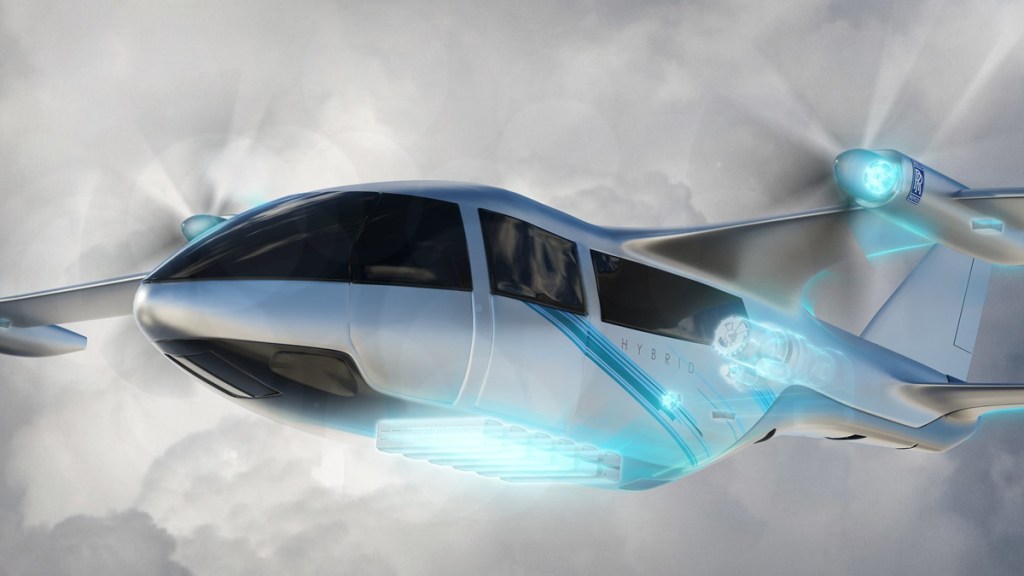A groundbreaking achievement has been marked in the world of aviation as Rolls-Royce’s cutting-edge gas turbine, specially engineered to propel hybrid-electric flight, has successfully conducted its inaugural fuel ignition. This groundbreaking engine showcases pioneering combustion technology, delivering unprecedentedly low emissions, underscoring the capabilities of this compact yet power-packed turbine, set to be seamlessly integrated into a lightweight turbogenerator system.
This entire turbogenerator system is crafted for the Advanced Air Mobility (AAM) arena, catering to diverse needs, including electrical vertical take-off and landing (eVTOL) or electric short take-off and landing (eSTOL) aircraft for Urban Air Mobility (UAM), as well as commuter aircraft configurations accommodating up to 19 seats. Furthermore, the gas turbine under study exhibits potential applications in the realms of helicopters, auxiliary power units (APUs), and defence sectors.
Matheu Parr, the Customer Director for Electrical Systems, articulated Rolls-Royce’s commitment to advancing all-electric and hybrid-electric power and propulsion systems in the burgeoning Advanced Air Mobility market. He hailed the maiden fuel burn of the newly-conceived small gas turbine as a significant leap forward, recounting the successful stages of testing, from the ignition phase to the system’s smooth transition into operation.
“This significant achievement follows the fast-paced development time of the new gas turbine from concept freeze to ‘pass to test’ in under 2 years,” Matheu added. The turbogenerator system’s introduction promises an enhanced operational range for electric flight, reducing emissions and moving closer to a net-zero carbon footprint.
The turbogenerator system is poised to complement Rolls-Royce’s existing electrical propulsion lineup, offering a flexible on-board power source, spanning power outputs ranging from 500 kW to 1,200 kW. This adaptability ensures extended flight ranges, utilizing sustainable aviation fuels and, in the future, transitioning to hydrogen combustion as this technology matures – unlocking routes beyond the current capabilities of electric battery-powered aircraft.
The development of this turbogenerator solution showcases Rolls-Royce’s proficiency in crafting compact, lightweight, high-speed rotating electric machines, seamlessly integrated with highly efficient gas turbines, all engineered to seamlessly operate at a system and platform level. This endeavour involved the design, procurement, and adaptation of 14 subsystems, comprising both off-the-shelf components such as valves and hoses, as well as custom subsystems tailored to meet the unique requirements of this groundbreaking technology, including fuel injection systems, oil and ventilation systems, engine mounts, and water brakes.
The initial tests have laid the foundation for gaining valuable insights and generating empirical data, essential for verifying critical technical attributes of the design. This iterative approach will guide future design refinements, ultimately propelling the development of a certified engine delivering world-class performance, poised to serve this dynamic market segment.
Matheu emphasized, “With this achievement, we have proven we can apply our expertise to novel designs and are able to test them on a very quick timescale. This capability will help Rolls-Royce to deliver the products that will help us on our path to net zero within the ambitious industry timelines of the Advanced Air Mobility market.”
The versatile turbogenerator system offers applications in both serial and parallel hybrid configurations, making it well-suited for recharging batteries and directly powering electrical propulsion units. This capability enables aircraft to seamlessly switch between power sources during flight. The ongoing research and development efforts behind this transformative technology are receiving partial financial support from the German Ministry for Economic Affairs and Climate Action.


